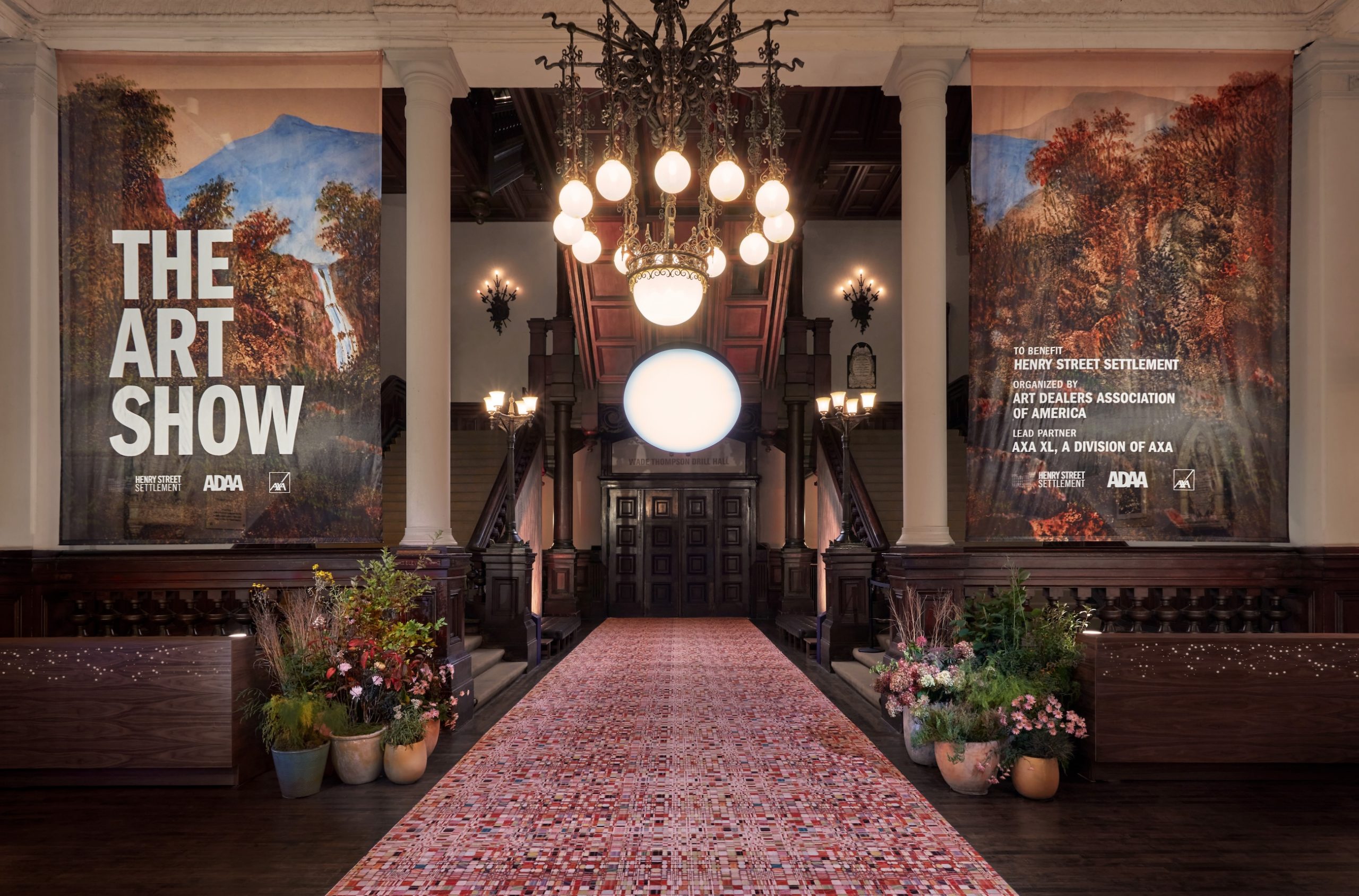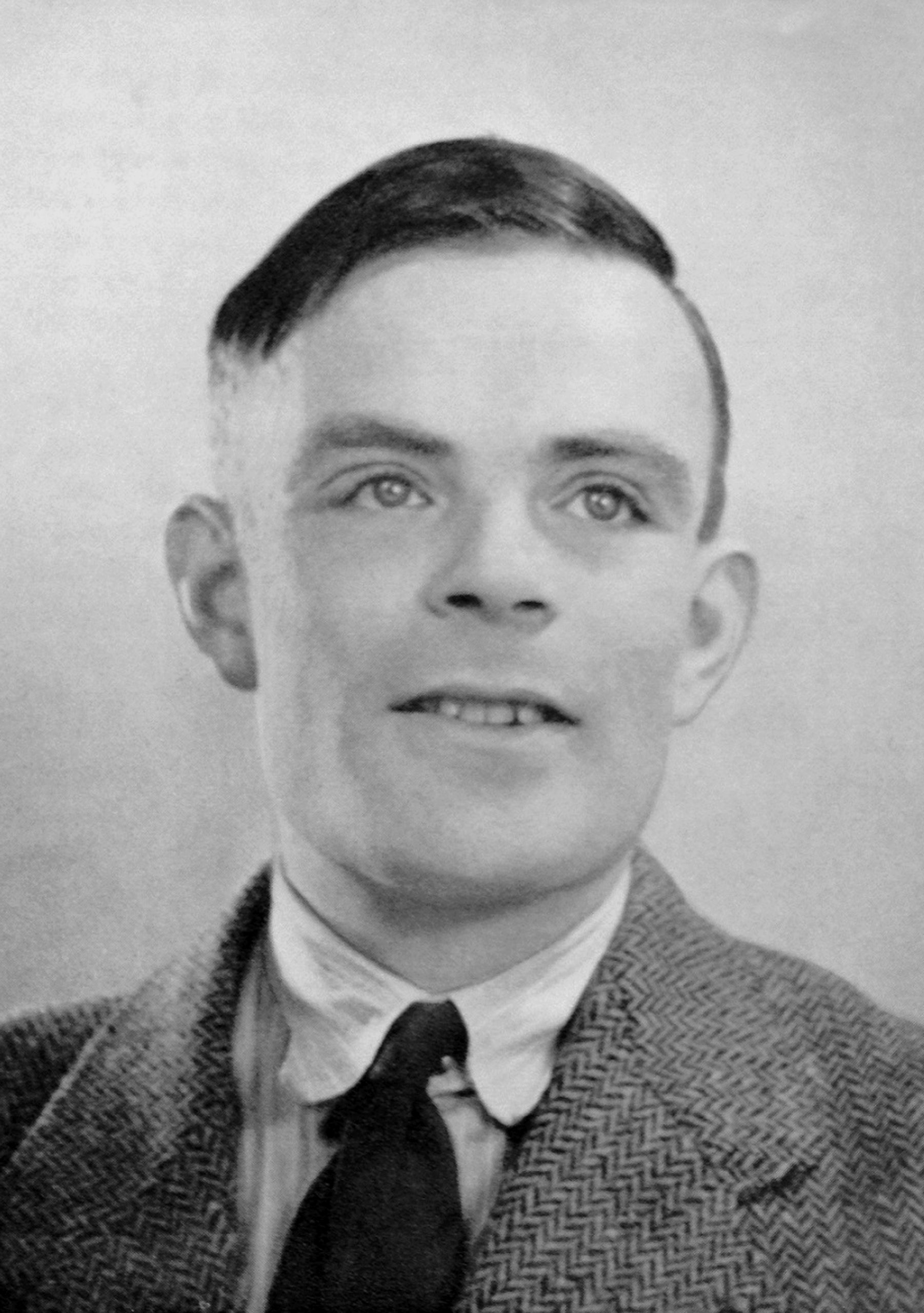Removing, albeit temporarily, one of the best-known, most popular sculptures from a gallery is undoubtedly a bold act, acknowledged the curator Alex Patterson. “We want to ruffle a few feathers,” she said. “If you’re going to do it, do it with a bang.”
Patterson is speaking to the Guardian in the sculpture gallery of the Walker Art Gallery in Liverpool, which normally has John Gibson’s 19th-century Tinted Venus stopping people in their tracks.
Now, equally track-stopping, it has in its place Zak Ové’s Lost Soul VI, a 2009 sculpture of a happy, black child playing in costume.
For decades, the sculpture gallery has had mostly blindingly white marble works, which were exclusively of white people. Now it does not.
The intervention is part of a community-led project exploring the gallery’s links to slavery, colonialism and empire, of which there are many. It includes telling stories that have previously been excluded.
Ové welcomed the intervention. “I think it is fantastic, I’m super-pleased,” he said. “It is a really interesting way to question that history and for people to start to think about things which were not discussed.”
He said the disruption of placing a black figure “amidst the alabaster whiteness of the other sculptures” immediately creates a discourse.
“It’s challenging, you can’t help but notice him when you enter the room. He’s in an environment he would otherwise be excluded from.”
Elsewhere in the gallery, new texts have been put on works that have direct links to slavery. In another corner of the room, visitors can hear a reading of the 1937 poem Kinky Hair Blues by Una Marson, which challenges western beauty ideals.
The changes are a result of the Carving Out Truths project, which the gallery says has worked with young people from Liverpool’s black and global ethnic majority population.
Patterson, the project’s curator, said the reinterpretation of the sculpture collection was “a significant milestone in the gallery’s history”.
Young people did not want exhibits permanently removed, she said, but they did want to “create an environment for learning, dialogue and recovery”.
The sculpture gallery has important, beautiful works but “for some people it is a very unsettling, uncomfortable environment”, said Patterson. “We wanted to address that and disrupt the space.”
The removal of the Gibson sculpture is the most striking element of the project, consigned to the stores until November.
The Tinted Venus has been described as “the greatest icon” in the history of Victorian sculpture, admired and admonished in equal measure with the poet Elizabeth Barrett Browning saying she had “seldom … seen so indecent a statue”.
The problem for Victorians was Gibson painted it, rather than leaving it white. With her red lips, golden hair and pale pink flesh, Venus, in the eyes of some, became a pin-up.
“The idea is that nudity remains pure because of the white,” Patterson said. “The minute you start painting a sculpture it becomes more realistic and then it becomes a sexualised thing.”
It was commissioned by Robert Preston, whose Liverpool engineering company made and exported sugar refining machinery as well as weaponry to the Confederates during the American civil war.
Tinted Venus has been replaced by Ové’s Lost Soul IV, which is in the collection of Liverpool’s International Slavery Museum. Ové is one of six artists shortlisted in a contest to create a memorial in London Docklands to the victims of transatlantic slavery.
His work is of a “black figure, just a child, in costume and at play”, he said, and is now among “figureheads which have continuously been part of an exclusive, racist, colonial narrative not taught to us in history books”.
Patterson and the young people making the decisions hope to spark conversations and debate and shine light on interesting, overlapping stories.
For example, the 1872 bust of the poet Henry Wadsworth Longfellow, which has been relocated to the sculpture gallery. It is the work of Edmonia Lewis, the first female black American to work as a professional sculptor. It was once in the collection of the Sandbach family, who made their vast fortunes financing the slave trade.
The Tinted Venus is part of one of the UK’s most important sculptural displays outside London. It was replaced in February but industrial action at National Museums Liverpool in the spring delayed a formal announcement until now.
Interestingly, no one has complained or kicked up a fuss. “I think people are really supportive of this work actually,” Patterson said. “I think they are finding it really interesting.”


